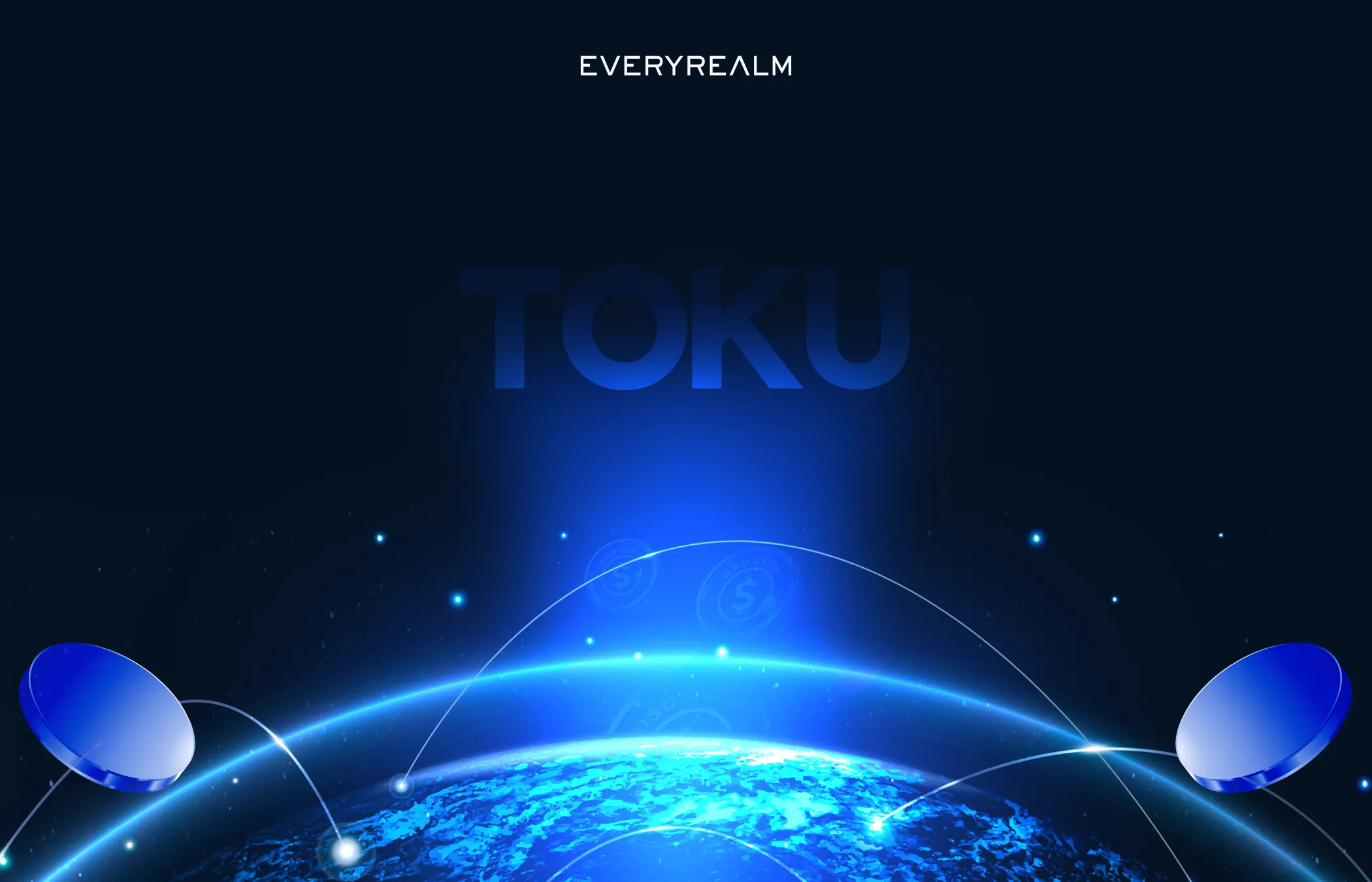
Understanding Net Deduction Integration with Workday: A Complete Guide with Toku
Understanding Net Deduction Integration with Workday: A Complete Guide with Toku

.avif)
Setting up net deduction integration with Workday doesn't have to be complicated. While the process involves API tokens, field mapping, and testing protocols, companies using Toku typically complete implementation in under 2 weeks.
Section 1: What You'll Need (High Level)
Before beginning your Workday net deduction integration, ensure you have:
- Integration System User (ISU) access - you'll need specific security domain permissions that go beyond regular admin access (the exact location varies by your Workday tenant configuration)
- Your deduction codes - these might be called "post-tax deductions," "voluntary deductions," or "additional payments" in your Workday instance (we'll help you find the right ones)
- API credentials - Workday requires OAuth 2.0 clients or Integration System Users with specific security groups (there's a specific type you need)
- About 30 minutes with your HRIS admin - plus time for Workday's approval process, which many companies don't anticipate
90% of companies don't realize that Workday's integration architecture differs significantly between Workday Studio, EIB (Enterprise Interface Builder), and REST APIs. Each has different capabilities for net deduction processing.
Section 2: Common Challenges
Finding the API Section (It's Not Always Where You'd Expect)
In our experience with 200+ implementations, Workday's integration tools are scattered across multiple areas:
- Integration > Integration Systems
- System > Security > Manage API Clients
- Integration > Launch/Schedule Integration
Most companies miss this important step: ensuring their Workday SKU includes the necessary integration capabilities. Core Connector access doesn't automatically mean you can process net deductions programmatically.
Token Expiration and Refresh Complexities
Unlike simpler systems, Workday's OAuth tokens have varying expiration times based on your security configuration - but here's what catches most companies off guard: the refresh token process can fail silently during payroll processing windows. Timing matters here - If the integration runs during payroll processing, timing issues (e.g., system load, session overlap, concurrency) can exacerbate unnoticed token refresh failures, we can help you avoid costly mistakes.
Testing Without Affecting Live Payroll
One client accidentally attempted to make a net deduction occur after the payroll submission lockout dates. This resulted in amended payslips being required for the following pay cycle for the entire payroll run. Our customizable settings page provides built in lockout dates to prevent your deductions from becoming out of sync with you Workday pay cycles.
Section 3: Why This Matters
The Hidden Costs of Manual Deduction Management
Managing equity deductions manually in Workday typically requires:
- 3-4 hours per payroll cycle for data entry via EIB per 10 employees
- 2-3 hours per payroll cycle for reconciliation across business processes if everything goes well
- Additional time for retroactive adjustments
One client saved 65 hours/month after automating their net deduction process with proper Workday integration.
Compliance Risks You Might Not Know About
- Global payroll complexity: Workday's multi-country setup can create deduction errors
- Business process dependencies: Missing one approval can halt all deductions
- Audit requirements: Manual processes leave gaps in Workday's process history
ROI Metrics from Automated Integration
Companies typically see:
- 95% reduction in EIB upload errors
- 80% faster payroll reconciliation
- Complete audit trail in Workday's process monitor
- Real-time visibility into deduction status
Section 4: The Toku Advantage
Pre-Built Integrations for All Workday Modules
We've already mapped the integration pathways for:
- Workday HCM
- Workday Payroll (US & International)
- Workday Financial Management
- Multi-tenant Workday deployments
- Legacy Workday Web Services
This typically takes 2-3 weeks without guidance - our clients are usually live in 5-7 business days.
Dedicated Workday Integration Team
Your integration isn't just another ticket. Our team:
- Holds Workday integration certifications
- Knows undocumented Workday limitations
- Provides same-day troubleshooting
- Handles Workday's bi-annual updates automatically
Ongoing Monitoring Included
Post-implementation, we:
- Monitor integration performance
- Alert on business process failures
- Provide Workday-compatible reports
- Handle Workday release updates
Implementation times vary - get your custom timeline
Every Workday tenant is unique. Factors affecting your timeline:
- Your Workday modules and version
- Business process complexity
- Global payroll requirements
- Security domain configuration
Ready to Modernize Your Workday Payroll?
Whether you're looking to streamline net deductions or enable instant global payments, Toku's Workday integration delivers enterprise-grade solutions without disrupting your existing processes.
Curious about your specific Workday configuration? Let's discuss how to unlock new payment capabilities while maintaining enterprise compliance.






